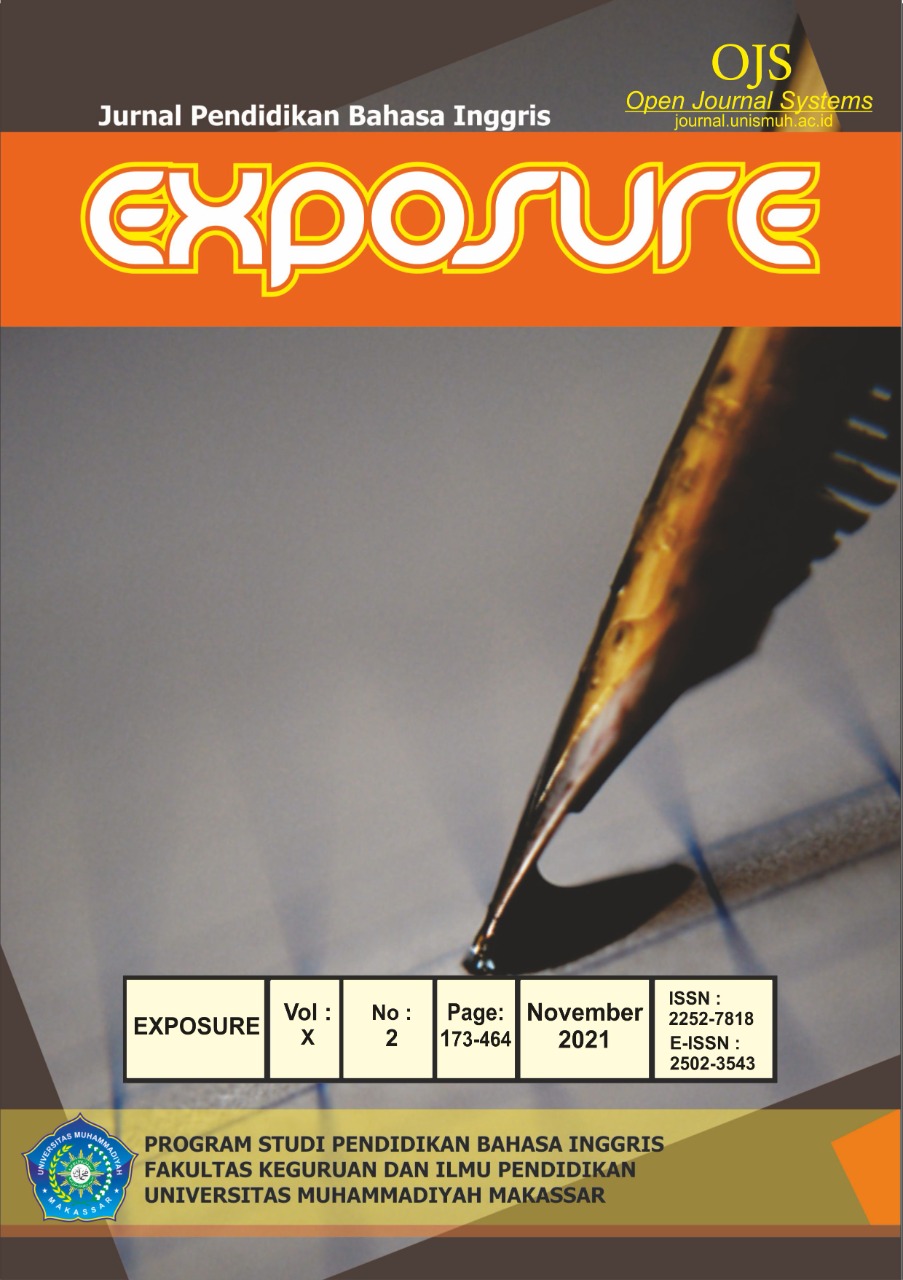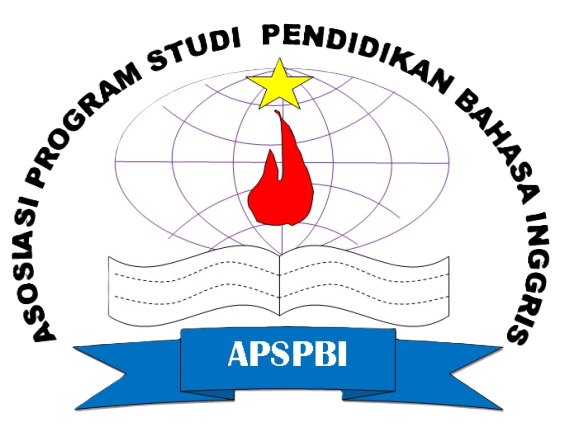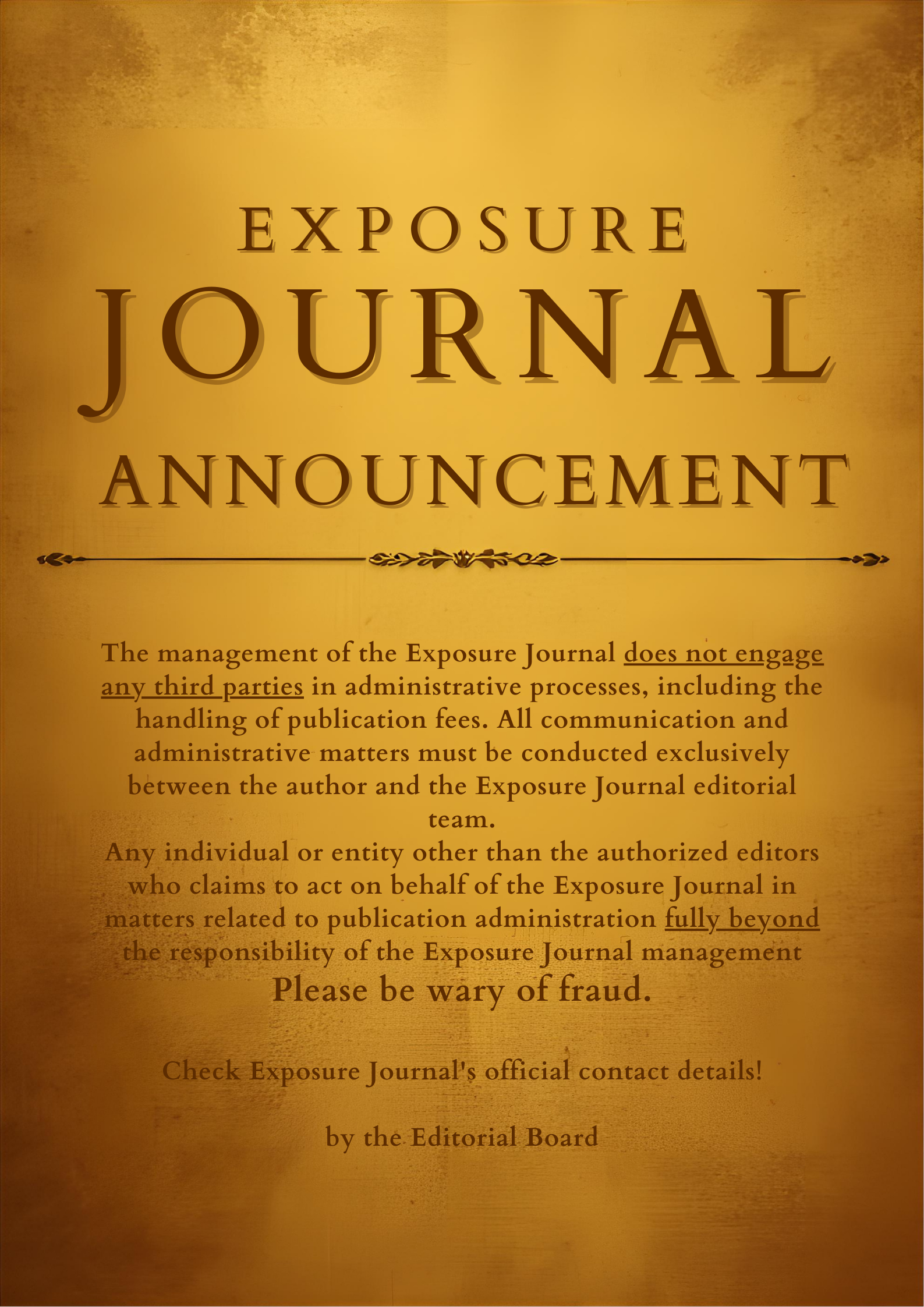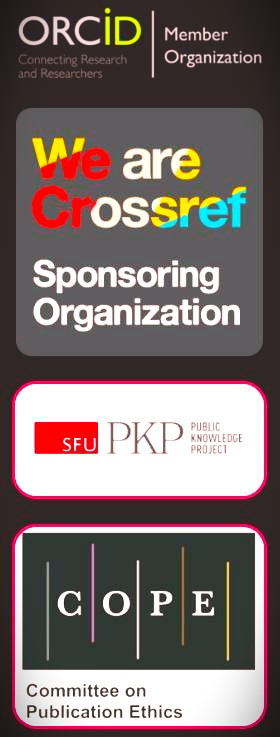TEACHERS’ REINFORCEMENT AND STUDENTS’ PERCEPTION ON ENGLISH LANGUAGE SUBJECT
DOI: https://doi.org/10.26618/exposure.v10i2.6147
Teachers' Reinforcement, students' perception
Abstract
This study aims to determine the types of reinforcement that the teachers use in the classroom as well as students’ perceptions of teachers’ reinforcement when teaching English in the classroom. This research is a qualitative design. It describes the reinforcement used by English teachers and the students’ perception, as well. There are three instruments to obtain the data, namely; observation, questionnaire, and interview. Observation is used to see teachers’ reinforcement and students’ response when the teachers use reinforcement, the questionnaire is to see and get more information about students’ perception towards teachers’ reinforcement in teaching English, while the interview is used to see the types of teachers’ reinforcement in the classroom activities. All the data are processed and presented in a descriptive form to ease the readers to get complete information about the research results. The findings show that teachers’ reinforcement in the classroom influence the students’ response. It means that students’ responses and perceptions will depend on the types of reinforcement used by the teachers. Then, it can be concluded that the more positive the teachers’ reinforcement, the more positive and the better the students’ response, and perception will be.
References
Astuti, S. P. (2016). Exploring motivational strategies of successful teachers. Teflin Journal, 27(1), 1-22.
Arista,D . (2018). The Types of Reinforcement Strategies Used by the Teacher in Motivating EFL Students at KG B Class in Bali Kiddy School. JPAI (Journal of Psychology and Instruction), 1-7.
Asrori, Mohammad.2013. Psikologi Pembelajaran. Bandung: Wacana Prima
Çetin, S. (2018). Instructors' perceptions about the use of positive reinforcement in english language classes (Master's thesis, Çağ Üniversitesi Sosyal Bilimler Enstitüsü)
Hamalik, O. (2014). Prosesb elajar Mengahar. malang: jakarta : Bumi Aksara.
Mather, N., and Goldstein, S. (2001). Learning disabilities and challenging behavior: A guide to intervention and classroom management. Balimore: brooks Publishing.
Mudjiran. (2011). Pengembangan Model Penugasan Terstruktur Kepada Siswa. Padang: Sukabina Press
Parek.(2009). Metode Belajar dan Kesulitan-kesulitan Belajar. Bandung: Tarsito.
Sari, R. K. (2019). Teachers’ Reinforcement on Students’ Behavior in English Teaching Process at the First Grade Sudents of SDIT Padang Islamic School in Academic Year 2018/2019. LESSON Journal, 1(1).
Scrivener, J. (2012). Classroom management techniques. Cambridge University Press.
Skinner, B.F: Reinforcement theory. Retrieved AprilS, (2010), from http://adultlearnandtech.com/skinner.htm
Yatim, D. (2016). using reinforcement in teaching. journal of education and teaching, 19.
Downloads
Published
How to Cite
Issue
Section
License
Authors who publish with this journal agree to the following terms:
In order to assure the highest standards for published articles, a peer review policy is applied. In pursue of the compliance with academic standards, all parties involved in the publishing process (the authors, the editors and the editorial board and the reviewers) agree to meet the responsibilities stated below in accordance to the Journal publication ethics and malpractice statement.
Duties of Authors:
- The author(s) warrant that the submitted article is an original work, which has not been previously published, and that they have obtained an agreement from any co-author(s) prior to the manuscript’s submission;
- The author(s) should not submit articles describing essentially the same research to more than one journal;
- The authors(s) make certain that the manuscript meets the terms of the Manuscript Submission Guideline regarding appropriate academic citation and that no copyright infringement occurs;
- The authors(s) should inform the editors about any conflict of interests and report any errors they subsequently, discover in their manuscript.
Duties of Editors and the Editorial Board:
- The editors, together with the editorial board, are responsible for deciding upon the publication or rejection of the submitted manuscripts based only on their originality, significance, and relevance to the domains of the journal;
- The editors evaluate the manuscripts compliance with academic criteria, the domains of the journal and the guidelines;
- The editors must at all times respect the confidentiality of any information pertaining to the submitted manuscripts;
- The editors assign the review of each manuscript to two reviewers chosen according to their domains of expertise. The editors must take into account any conflict of interest reported by the authors and the reviewers.
- The editors must ensure that the comments and recommendations of the reviewers are sent to the author(s) in due time and that the manuscripts are returned to the editors, who take the final decision to publish them or not.
Authors are permitted and encouraged to post online a pre-publication manuscript (but not the Publisher’s final formatted PDF version of the Work) in institutional repositories or on their Websites prior to and during the submission process, as it can lead to productive exchanges, as well as earlier and greater citation of published work (see The Effect of Open Access). Any such posting made before acceptance and publication of the Work shall be updated upon publication to include a reference to the Publisher-assigned DOI (Digital Object Identifier) and a link to the online abstract for the final published Work in the Journal.














